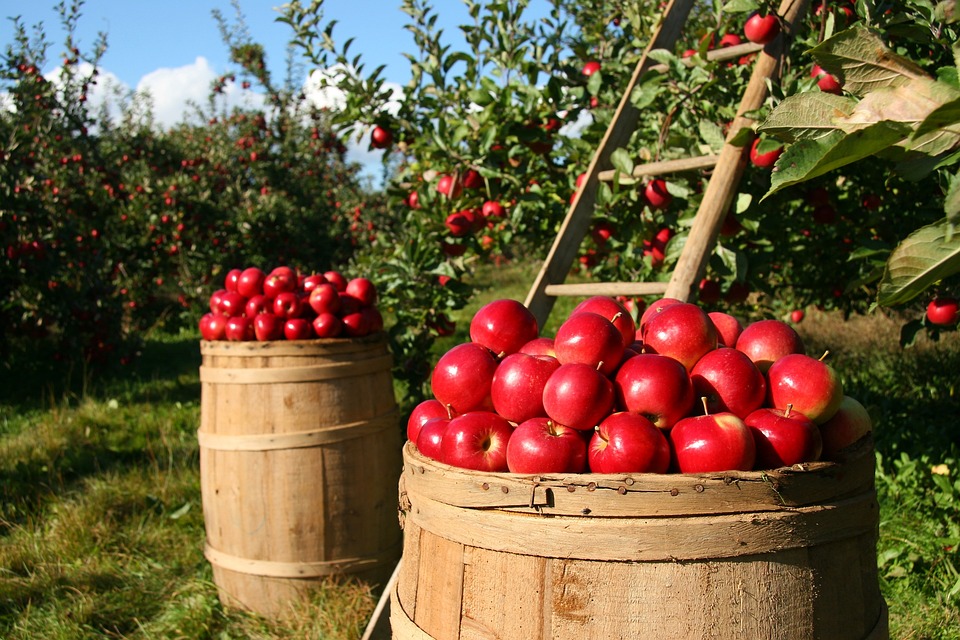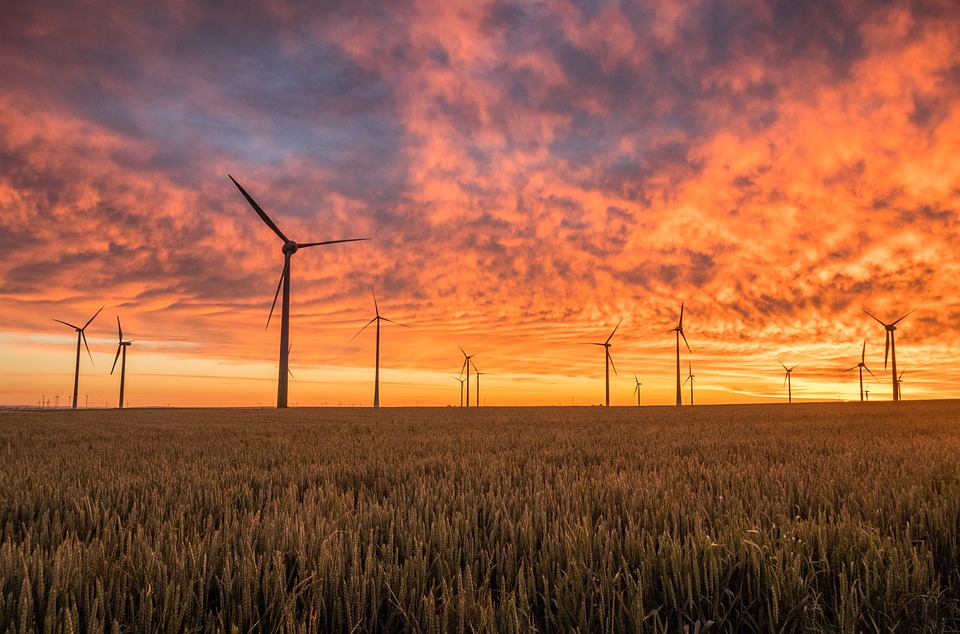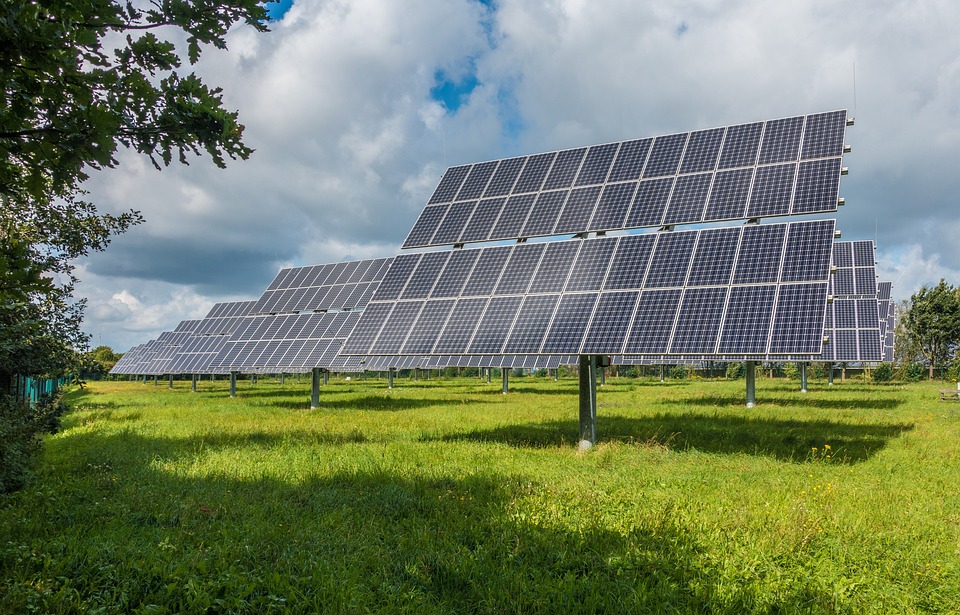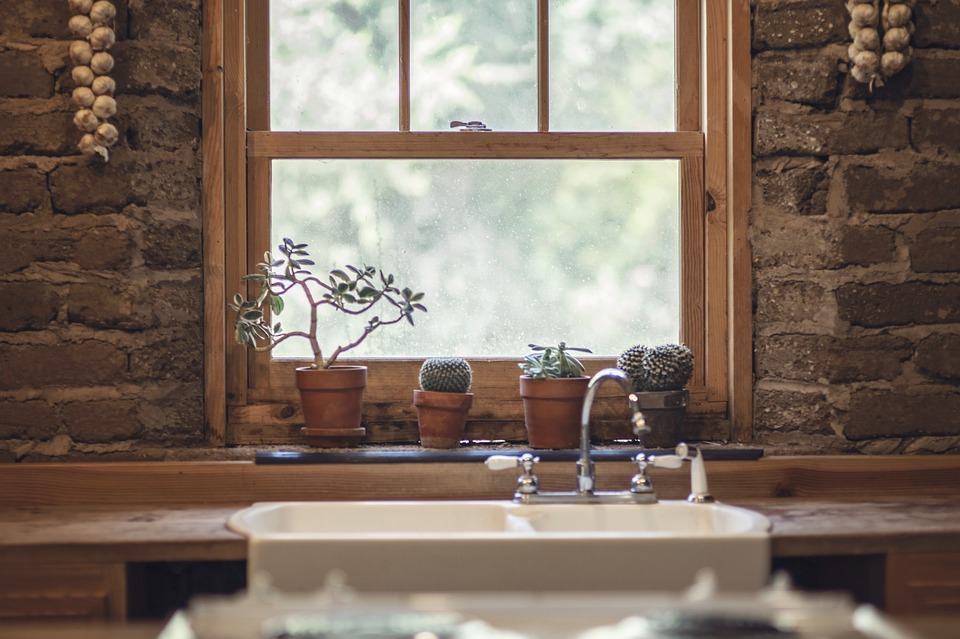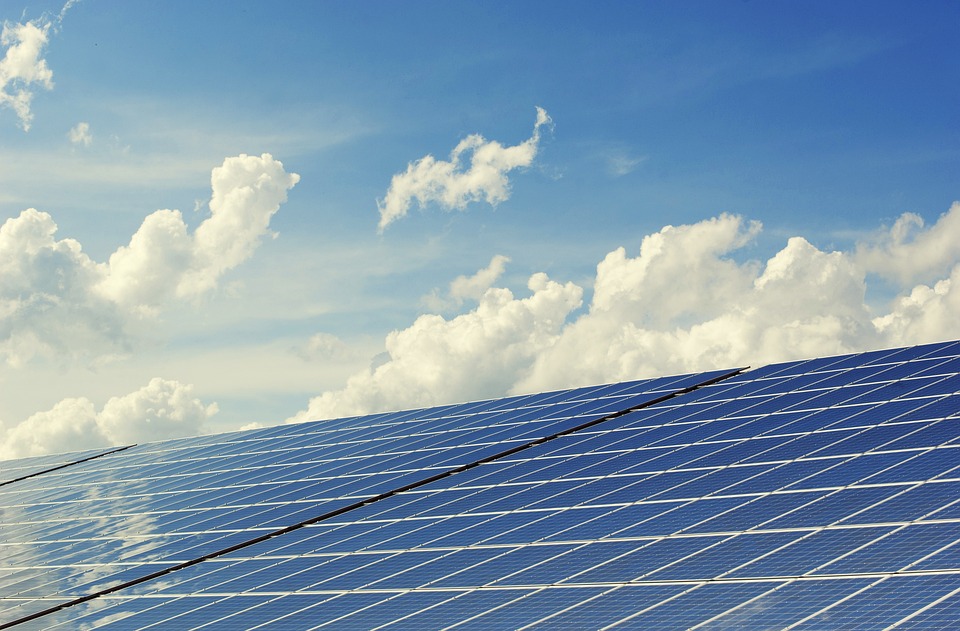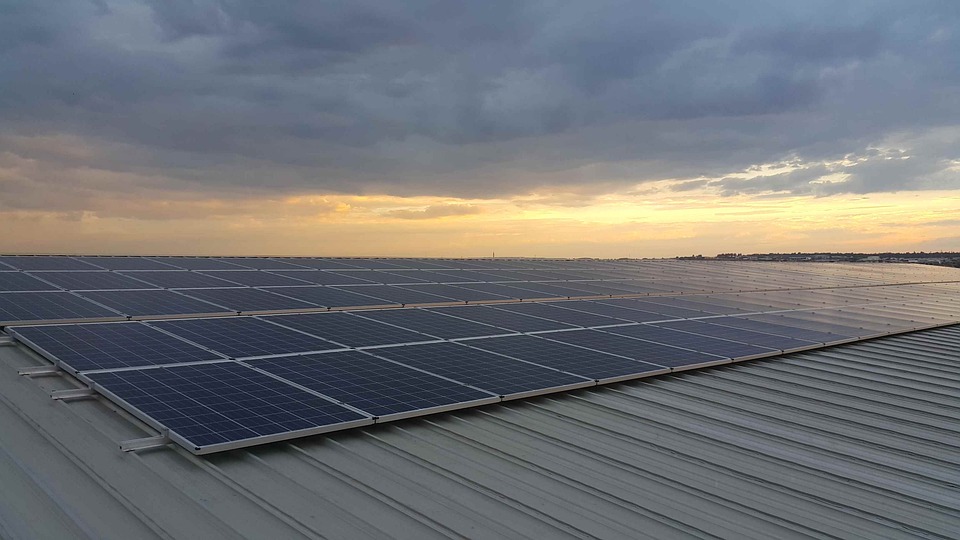Harnessing the Power of Nature: Exploring Sustainable Farming Methods for a Greener Future
Harnessing the Power of Nature: Exploring Sustainable Farming Methods for a Greener Future Have you ever felt a deep connection with nature and wished to create a sustainable lifestyle? Well, my friend, you’re not alone. There is a growing community of individuals who have chosen to embrace a simpler way of life, one that involves sustainable farming and gardening practices. As someone who has been fortunate enough to live off the grid and pursue their passion for sustainable farming, I can assure you that it is an incredibly rewarding journey. In this article, we will embark on an exploration of sustainable farming methods, unraveling the secrets of how we can harness the incredible power of nature for a greener and more sustainable future. Sustainable farming is much more than just a fad or a trend; it is a way of life that respects the delicate balance of our planet. By adopting sustainable farming methods, we can contribute positively to the environment while also reaping the benefits of organic, healthy produce. So, let’s dig deeper into some of the most effective sustainable farming methods that you can incorporate into your own life. 1. Organic Farming: The Foundation of Sustainability At the core of sustainable farming lies the philosophy of organic farming. By saying goodbye to synthetic pesticides and chemical fertilizers, we embrace nature’s own methods of pest control and soil enrichment. Organic farming relies on organic fertilizers, compost, crop rotation, and beneficial insects to maintain the health and vitality of the soil and crops. By practicing organic farming, we build a resilient and self-sustaining ecosystem that supports the growth of healthy plants and animals. 2. Permaculture: Embracing Nature’s Wisdom Permaculture, an innovative farming system developed in the 1970s, mimics the natural patterns and relationships found in ecosystems. It involves designing agricultural systems that are diverse, self-sustaining, and resilient to environmental changes. By understanding and observing nature’s cycles, permaculture encourages us to create mutually beneficial relationships between different plants, animals, and even structures in our farms. This holistic approach not only optimizes resource usage but also enhances biodiversity and soil health. 3. Aquaponics: The Future of Sustainable Agriculture Imagine a farming system that combines the principles of aquaculture (fish farming) with hydroponics (growing plants in water). Welcome to the world of aquaponics! In this innovative and highly sustainable farming method, fish waste provides vital nutrients for the plants, while the plants filter and purify the water for the fish. This closed-loop system not only reduces water consumption but also eliminates the need for synthetic fertilizers. Aquaponics has gained popularity worldwide, especially in urban areas where space is limited. 4. Companion Planting: Nature’s Best Friends Companion planting is an ancient technique that takes advantage of the natural affinities between different plant species. By pairing compatible plants, we create a harmonious environment that promotes growth and discourages pests. For example, planting marigolds near tomato plants can deter harmful insects, while growing beans near corn helps replenish the soil with nitrogen. The beauty of companion planting lies in its ability to boost crop health without relying on chemical interventions. 5. Agroforestry: Growing Beyond Boundaries Agroforestry takes the sustainable farming game one step further by integrating trees or shrubs into agricultural systems. By planting trees alongside traditional crops, we can create extensive root networks that enrich the soil, improve water infiltration, and provide shade. These trees are also capable of attracting beneficial insects, preventing soil erosion, and providing additional resources such as fruits, nuts, or timber. Agroforestry not only enhances biodiversity but also contributes to climate change mitigation by sequestering carbon dioxide. Pro Tips: – Start small: It can be overwhelming to transition from conventional to sustainable farming overnight. Begin with a small garden or a couple of pots on your porch. This way, you can gain experience and gradually expand your efforts. – Connect with the community: Sustainable farming is a journey best shared with like-minded individuals. Join local gardening clubs, attend workshops, or find online communities that can provide support, advice, and inspiration. – Embrace experimentation: Sustainable farming is all about observing, learning, and adapting. Don’t be afraid to try out new techniques, plants, or even unconventional ideas. Sometimes the best breakthroughs come from unexpected places. By embracing sustainable farming methods, we unlock the true power of nature and pave the way for a greener future. The benefits are aplenty – from healthier produce and improved soil fertility to reduced environmental impact and increased self-sufficiency. Let’s seize this opportunity to harness the incredible potential that lies within our soils, our plants, and our collective spirit. Together, we can create a sustainable paradise that will benefit both us and future generations. So, grab your gardening tools, put on your gloves, and let’s embark on this exciting journey towards a greener way of life!

